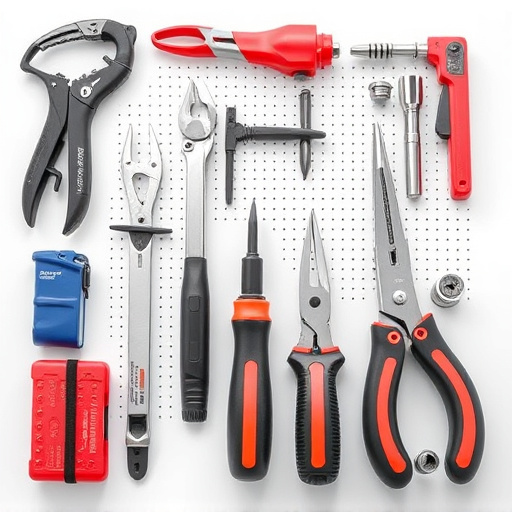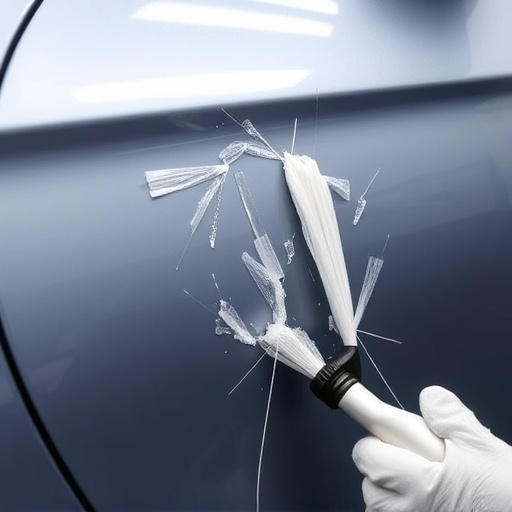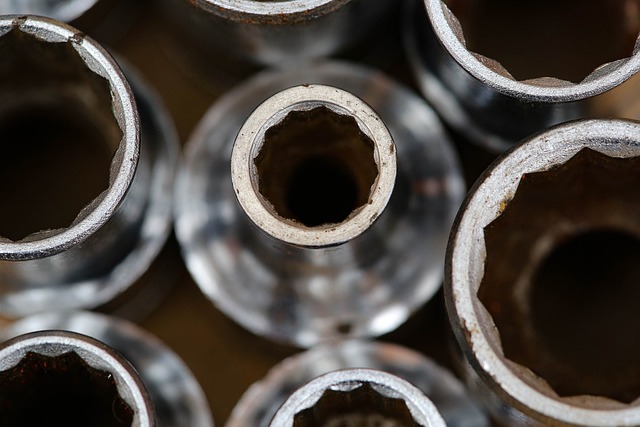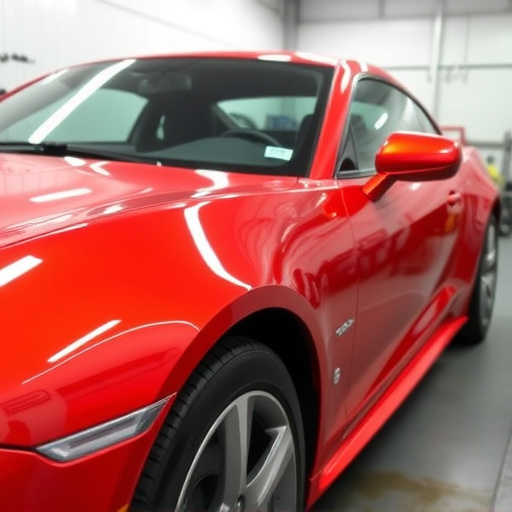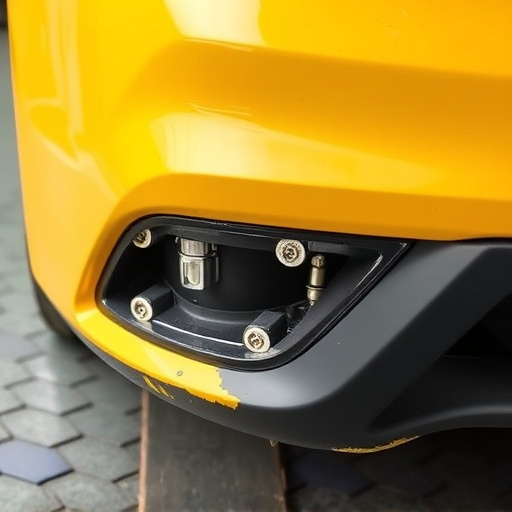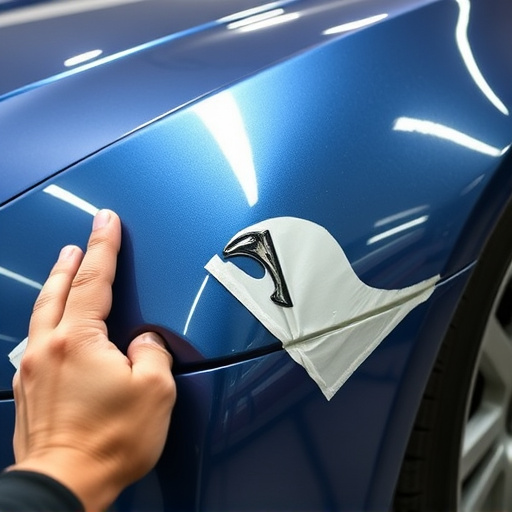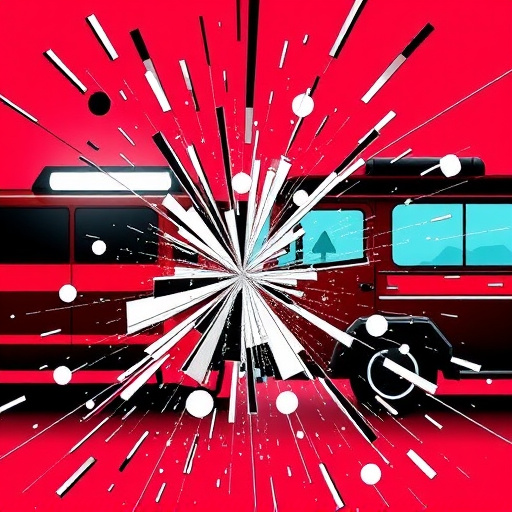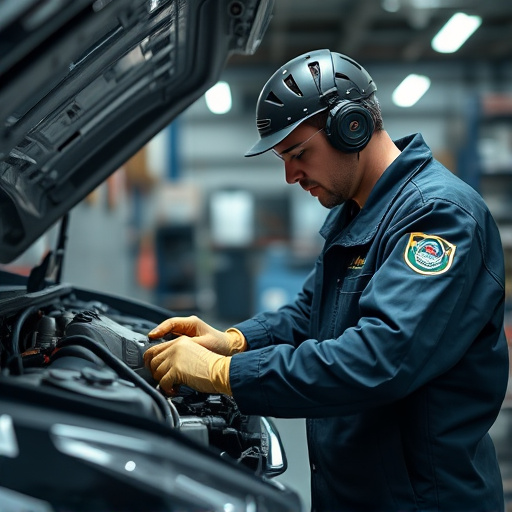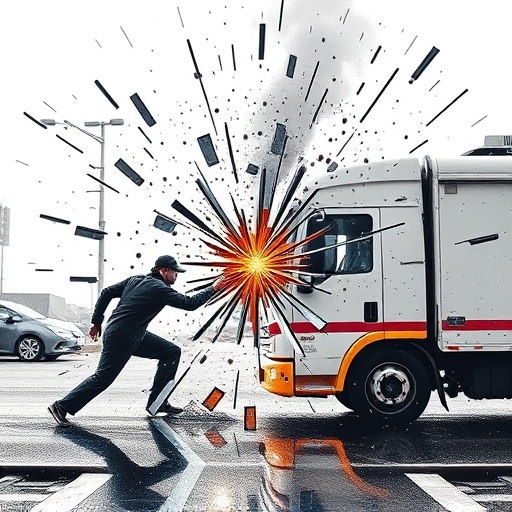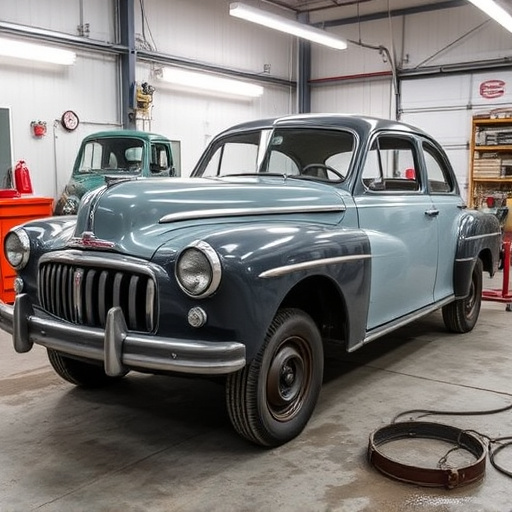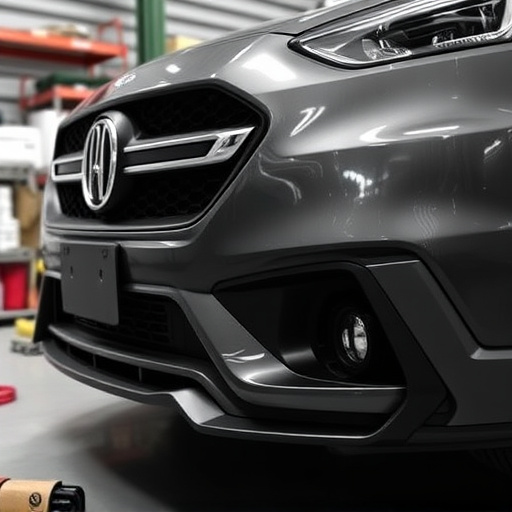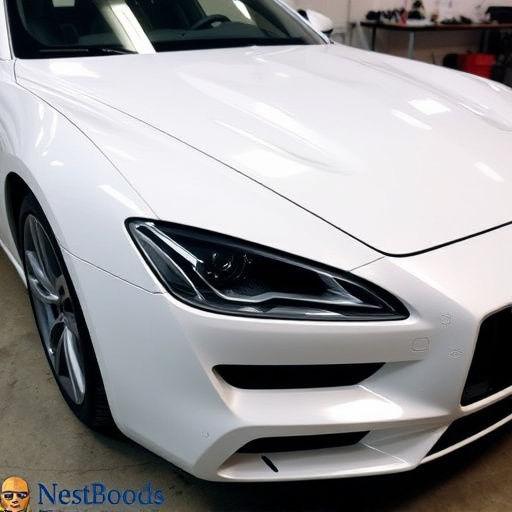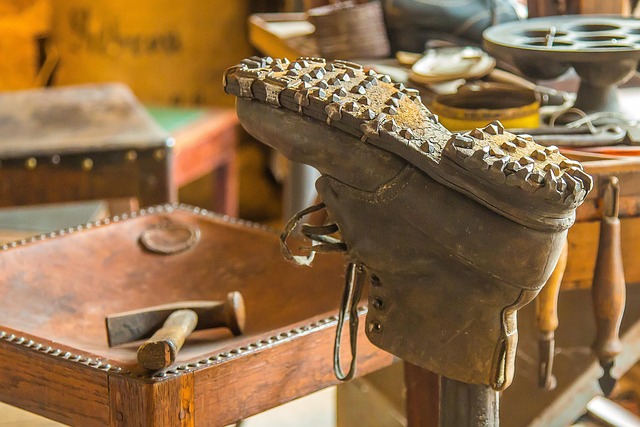PDR for steel panels is a non-invasive autobody repair technique focusing on reshaping damaged car surfaces without altering their original structure or material. Popular in shops and restoration services, PDR effectively fixes dents, dings, and creases, offering cost savings and structural benefits over traditional methods. This guide educates individuals about PDR's success in enhancing vehicle appearances, preserving vintage cars, and restoring metal surfaces while maintaining aesthetic appeal and structural integrity.
Discover the transformative power of PDR (Plastic Deformation Repair) on steel panels with real-world examples. This article explores how this innovative technique enhances structural integrity, improves aesthetics, and offers sustainable solutions for various industries. From comprehensive understanding to successful case studies and measurable outcomes, learn why PDR is revolutionizing the way we repair and maintain steel panels. Dive into these compelling results and uncover the impact of PDR for steel panels.
- Understanding PDR for Steel Panels: A Comprehensive Guide
- Real-World Applications: Successful PDR Case Studies
- Measuring Results: The Impact and Benefits of PDR on Steel Panels
Understanding PDR for Steel Panels: A Comprehensive Guide
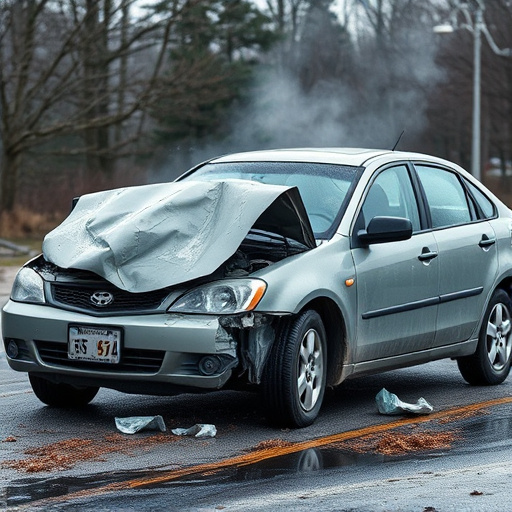
PDR for steel panels, or Plastic Deformation Repair, is a specialized technique used to restore damaged car bodies, particularly those made of steel. It’s a non-invasive method that involves gently pressing and manipulating the depressed area back to its original shape without adding or removing any material. This process not only saves on labor and costs compared to traditional autobody repairs but also preserves the structural integrity of the panel.
Understanding PDR for steel panels begins with grasping how it differs from frame straightening. While frame straightening adjusts the underlying framework of a vehicle, PDR focuses on the surface level. It’s ideal for fixing dents, dings, and creases in steel panels, making it a popular choice in car body shops. This comprehensive guide aims to equip folks with knowledge about PDR, enabling them to make informed decisions when seeking autobody repairs.
Real-World Applications: Successful PDR Case Studies
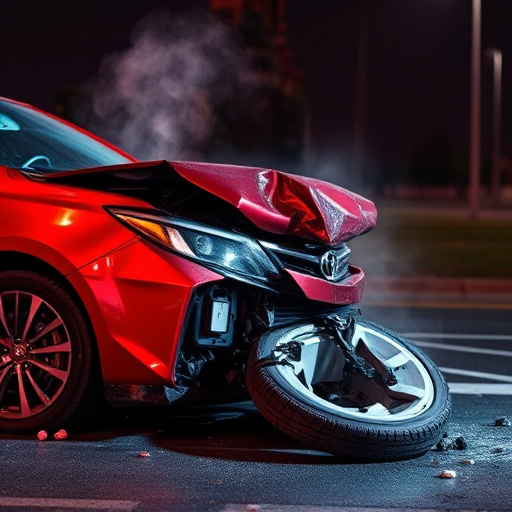
In the realm of automotive aesthetics and protection, PDR for steel panels has proven to be a game-changer. Numerous real-world applications have showcased its effectiveness in restoring and enhancing the appearance of vehicles, particularly in auto painting and vehicle body shops. One successful case study involves a bustling urban garage that specialized in custom car builds. They encountered a client with a classic car that had suffered minor dents and scratches during its years on the road. Using PDR techniques, the skilled technicians meticulously removed these imperfections, revealing a smooth surface ready for a fresh coat of paint. This not only saved the client significant costs compared to a full repaint but also preserved the car’s original, vintage charm.
Another notable example is a specialized steel panel restoration service that caters to both automotive body shops and individual enthusiasts. They have successfully restored various metal surfaces, from classic motorcycle fenders to modern car doors, bringing them back to their pristine conditions. The process involves careful assessment, targeted PDR, and, when needed, expert welding to ensure the structural integrity of the panels. This level of craftsmanship is not only visible in the final results but also in the satisfied customers who appreciate the art and precision behind every restored panel, be it for personal vehicles or for custom automotive builds.
Measuring Results: The Impact and Benefits of PDR on Steel Panels
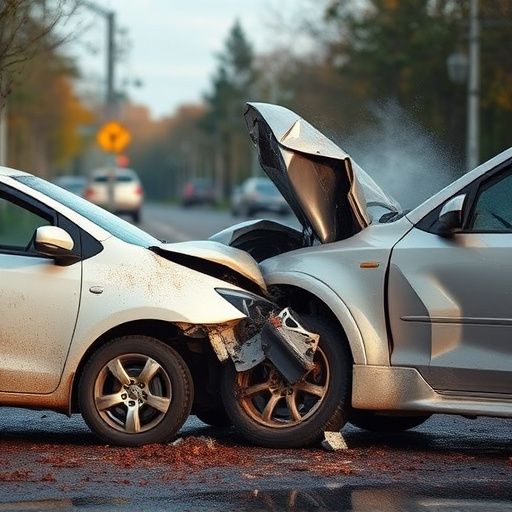
The effectiveness of PDR (Paintless Dent Repair) on steel panels is often measured by the visible improvement in their aesthetics and structural integrity. By using specialized techniques and tools, PDR can eliminate or minimize dents, scratches, and dings, restoring the panel to its original condition. This non-invasive approach not only saves time and money compared to traditional painting or replacement but also preserves the panel’s factory finish and metallic sheen.
The benefits of PDR for steel panels extend beyond mere cosmetic enhancements. By eliminating damage, PDR can improve the overall performance and longevity of the surface, preventing further corrosion or weakness. This is particularly significant in automotive applications where dented or damaged panels can compromise vehicle safety and structural integrity, making car paint services a necessary investment for both aesthetics and safety. Similarly, when considering auto glass replacement, PDR offers an attractive alternative for repairing minor damages without the need for complete replacements, thereby reducing waste and environmental impact.
PDR (Paint Defect Removal) for steel panels has proven to be a game-changer in the industry, offering efficient solutions for surface imperfections. Through real-world case studies, we’ve witnessed the remarkable results it delivers, enhancing aesthetics and durability. By measuring the impact, we can confirm that PDR significantly improves the overall quality and longevity of steel panels, making it an indispensable process in today’s market. These successful applications underscore the effectiveness of PDR as a key strategy for maintaining high-quality standards in steel panel production.

